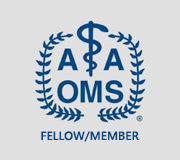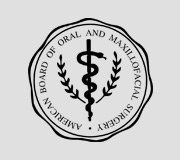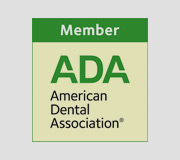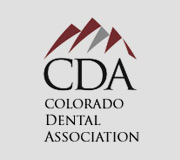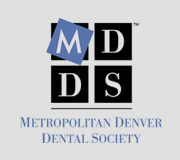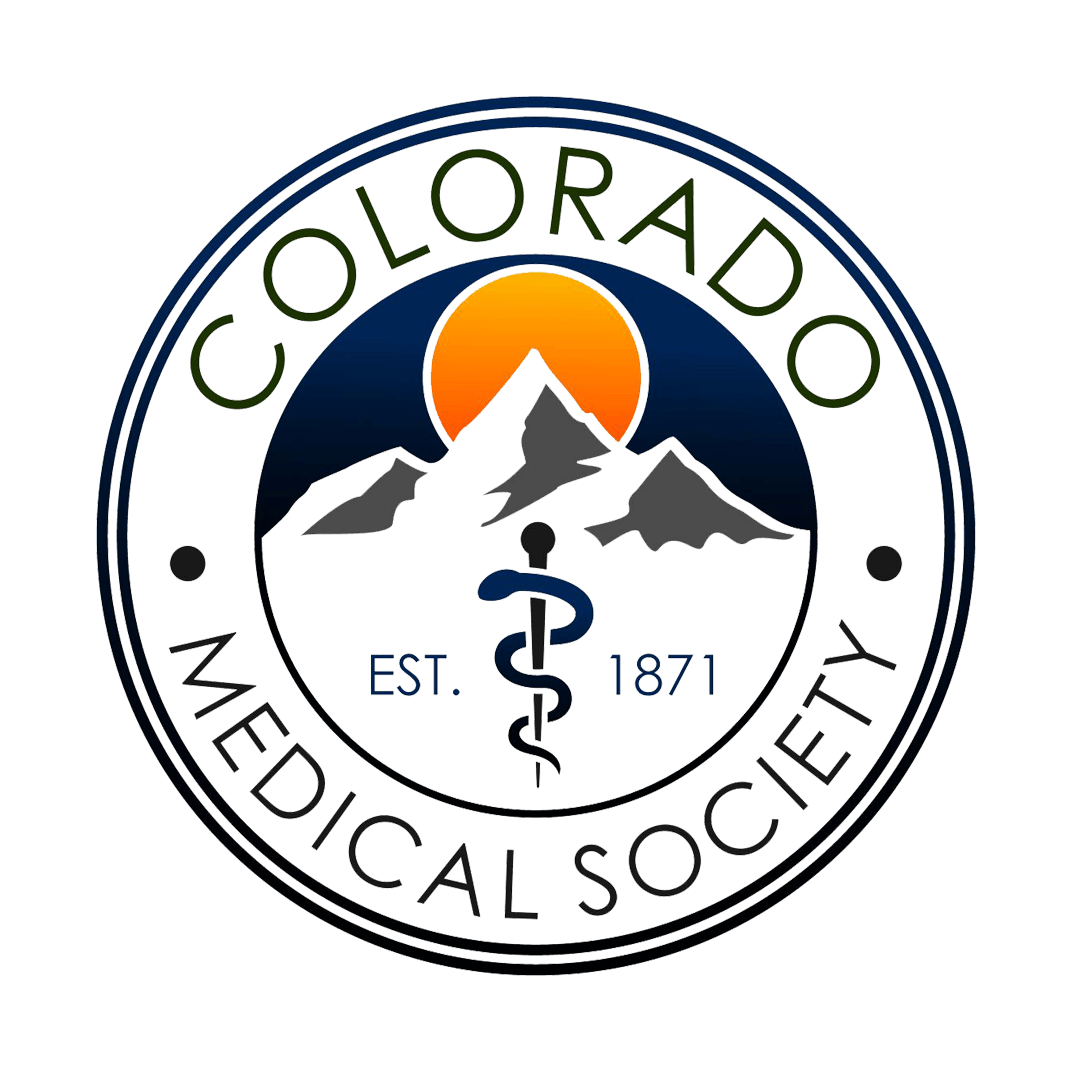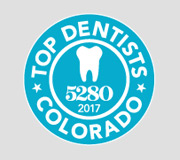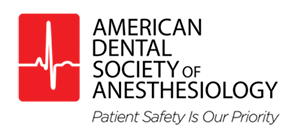First Visit
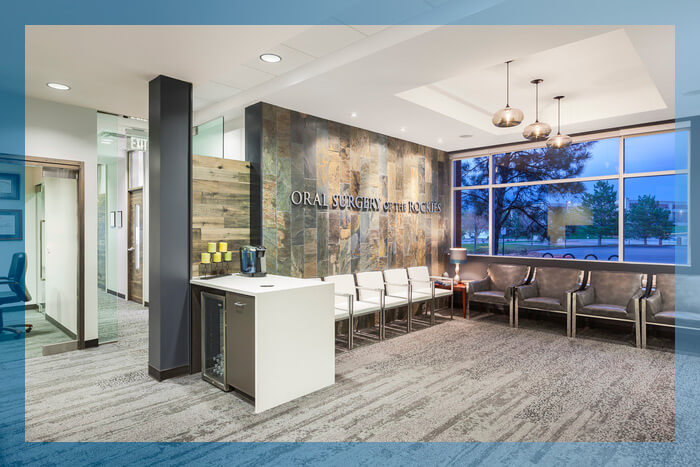 We look forward to meeting you and are confident that you will have a great experience at Oral Surgery of the Rockies. Your first appointment the consultation will be an opportunity for you to meet with your doctor to discuss your diagnosis, available treatment options, and financial responsibilities. Having a consultation prior to your surgery allows your doctor to review important information that is crucial to the success of your treatment and is an opportunity for you to obtain answers to any questions you might have.
We look forward to meeting you and are confident that you will have a great experience at Oral Surgery of the Rockies. Your first appointment the consultation will be an opportunity for you to meet with your doctor to discuss your diagnosis, available treatment options, and financial responsibilities. Having a consultation prior to your surgery allows your doctor to review important information that is crucial to the success of your treatment and is an opportunity for you to obtain answers to any questions you might have.
Please assist us by providing the following information at the time of your consultation:
- Your surgical referral slip and any x-rays if applicable.
- A list of medications you are presently taking.
- Bring your insurance card
IMPORTANT: All patients under the age of 18 years of age must be accompanied by a parent or guardian at the consultation visit.
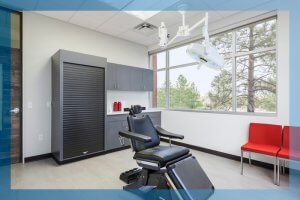 A preoperative consultation and physical examination is mandatory for patients undergoing IV anesthesia for surgery. Please have nothing to eat or drink eight hours prior to your surgery. You will also need an adult to drive you home.
A preoperative consultation and physical examination is mandatory for patients undergoing IV anesthesia for surgery. Please have nothing to eat or drink eight hours prior to your surgery. You will also need an adult to drive you home.
Please alert the office if you have a medical condition that may be of concern prior to surgery (i.e., diabetes, high blood pressure, artificial heart valves and joints, etc.) or if you are currently taking any medication (i.e., heart medications, aspirin, anticoagulant therapy, etc.).
X-Rays
If your dentist or physician has taken x-rays, you may request that they forward them to our office. If there is not enough time, please pick them up and bring them to our office. If additional films are necessary, they can be taken at our facility.
 Our practice utilizes state of the art, full cranial conebeam CT (computed tomography) technology that provides highly accurate 3D radiographic images for the diagnosis, planning and treatment of oral surgery. Undistorted, anatomically correct views of the jaws, teeth and facial bones along with cross sectional (buccolingual), axial, coronal, sagittal, cephalometric and panoramic views are easily generated. Three dimensional images enable a level of anatomical accuracy and patient care not possible with 2D technologies.
Our practice utilizes state of the art, full cranial conebeam CT (computed tomography) technology that provides highly accurate 3D radiographic images for the diagnosis, planning and treatment of oral surgery. Undistorted, anatomically correct views of the jaws, teeth and facial bones along with cross sectional (buccolingual), axial, coronal, sagittal, cephalometric and panoramic views are easily generated. Three dimensional images enable a level of anatomical accuracy and patient care not possible with 2D technologies.


